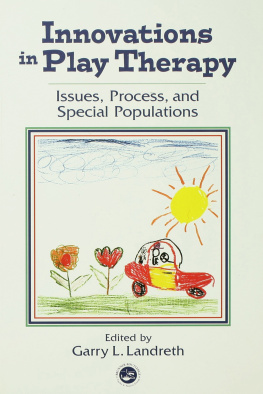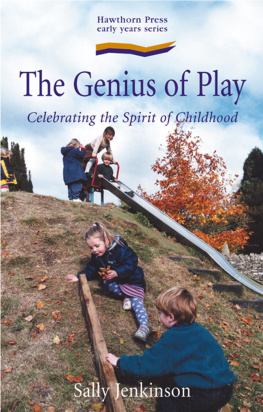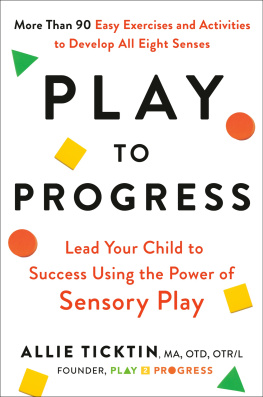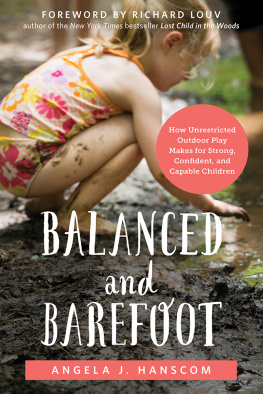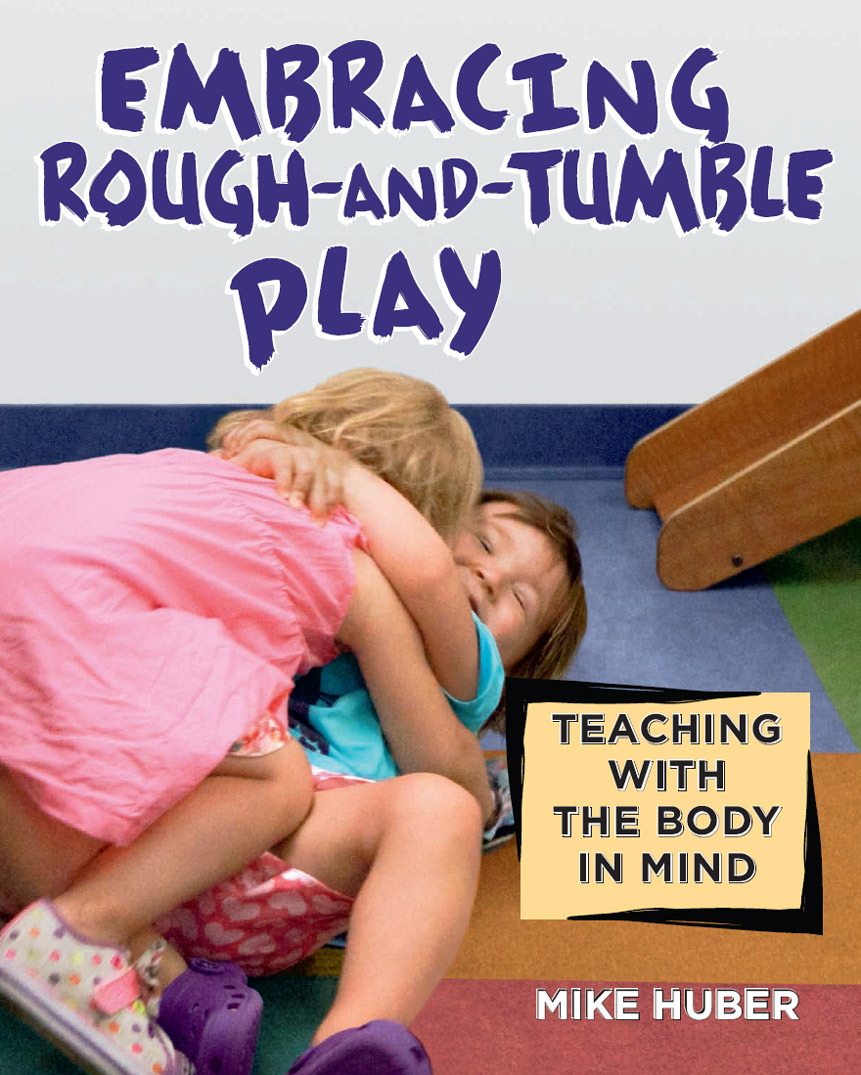

Published by Redleaf Press
10 Yorkton Court
St. Paul, MN 55117
www.redleafpress.org
2017 by Mike Huber
All rights reserved. Unless otherwise noted on a specific page, no portion of this publication may be reproduced or transmitted in any form or by any means, electronic or mechanical, including photocopying, recording, or capturing on any information storage and retrieval system, without permission in writing from the publisher, except by a reviewer, who may quote brief passages in a critical article or review to be printed in a magazine or newspaper, or electronically transmitted on radio, television, or the Internet.
First edition 2017
Cover design by Jim Handrigan, with photo color and retouching by Tim Meegan
Cover photograph by Angelia Sampson
Interior design by Mayfly Design
Typeset in the Whitman and EPF typefaces
All photos by Angelia Sampson except by Chris Bonhoff on pages (bottom).
Library of Congress Cataloging-in-Publication Data
Names: Huber, Mike (Early childhood educator)
Title: Embracing rough-and-tumble play: teaching with the body in mind / Mike Huber; photographs by Angelia Sampson; additional photographs by Chris Bonhoff and Mike Huber.
Description: St. Paul, MN: Redleaf Press, 2016. | Includes bibliographical references and index.
Identifiers: LCCN 2016013405 (print) | LCCN 2016014758 (ebook) | ISBN 9781605544694 (ebook)
Subjects: LCSH: Movement education.
Classification: LCC GV452 .H83 2016 (print) | LCC GV452 (ebook) | DDC 372.86dc23
LC record available at http://lccn.loc.gov/2016013405
For the Twin Cities big body play discussion group:
Becky, Damian, Joey, Joshua, Ross, and Tom
Table of Contents
Guide
Contents
I want to thank Tom Bedard, Joshua Koeppe, Joey Schoen, Ross Thompson, Damian Johnson, and Becky Klay for our monthly discussion group. Our conversations about big body play, rough-and-tumble play, and risk were the basis for this book. I also want to thank Angelia Sampson, who took most of the photographs in the book. Fifteen years after being her preschool teacher, I was able to collaborate with her on this project. It was amazing to see what a truly gifted artist she has become. I am grateful to the programs that let Angelia and me photograph them in action: Jalilia at Training Up a Child, Joseph and Lori at For the Children Child Care, Kristenza and David at Dodge Nature Preschool, and Maureens Day Care. I could not have written this book without the advice of Naomi Siegal, Nancy Boler, Julie Nelson, and Gill Connell. And finally, I am indebted to Sara Wise for shaping my ideas into this book.
We were moving. I was an enlightened teacher. I knew children needed to move as part of their healthy development. It was morning group time, and I was having the children move to music. We were making up a story about lions waking up and running and leaping. All the children were moving and contributing ideas. Well, almost everyone. Greg had ducked behind a shelf. I tried to get him involved, but he said he was tired. I gently tried a few more times but didnt want to pressure him. Maybe next time I can get him moving, I thought.
Soon I had the lions wash their paws for snack. Greg waited until the others were done and washed his own hands. As we finished snack and got ready for freeplay, Greg told me he was going to attack the bad guys. Suddenly, this quiet child put on a cape and held a wand up high and pretended to shoot at all the bad guys. He leaped to his right, ducked behind the couch, rolled on the ground, and stuck his wand out again. A few other boys joined him. Sometimes they attacked the bad guys. Sometimes they jumped and rolled on each other. It was as if something inside Greg had woken up, something that I was unable to wake up. I thought I was an enlightened teacher, but I realized I knew nothing.

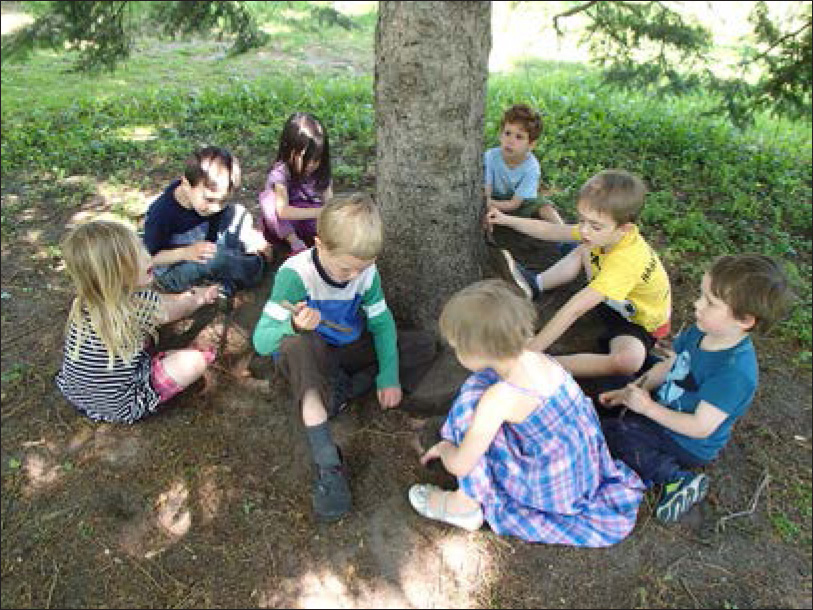
I am exaggerating, of course, but the thing about teaching is that just when you think you know what you are doing, you realize there is more to learn. I knew children need to move, but I didnt always recognize it. The truth is, a few years ago I would have told Greg and the other boys to calm down when they started roughhousing, the very thing that got them moving (and for Greg, the only thing). Planning movement activities is not enough. Getting children outside for long periods of time is not enough. Even having a mat set aside for boisterous, rough-and-tumble play is not enough. Children need a sense of power, a chance to take risks, and a choice in how they move their bodies throughout the day. Greg and many others like him do need to move their bodies, but they might not do it when the teacher plans it. We cant address a childs physical development for fifteen minutes and then the childs literacy skills the next fifteen minutes. We need to be aware of the whole child the whole day.
I started teaching young children twenty-three years ago. I learned from some great teachers. I observed and tried to get to know each child as an individual. I learned to give kids hands-on experiences and use open-ended conversations. Things went well for more than fifteen years until one year when I had a classroom with eight boys and two girls (with just me as the teacher). The eight boys were active and fairly typical boys. This is when I discovered how the techniques I learned from classes and from mentors were geared toward behaviors more typical of girls. It was a very stressful year, and it was the first time I honestly considered leaving the classroom.
Meanwhile I was training other teachers about gunplay and warplay. I wanted others to see how children can learn from this type of play. Participants at my workshops often asked about rough-and-tumble play, and I was quite limited in my knowledge. I decided to do some research. I went to a workshop by Michelle Tannock, an expert on rough-and-tumble play. As she spoke, I couldnt help thinking about my own childhood. Somehow I had put behind much of what I did as a child when I learned about expectations for group care. I often wrestled with my older brother and sister. I often jumped on the couch, rolled on the cushions, and ran into walls just for the sheer joy of it. Why didnt I allow the children in my care to do the same? I started my research to create a workshop for other teachers. Little did I know how much my own teaching would change.
As I learned more about the need for children to move, I started to change my expectations in the classroom. Movement isnt one time in the schedule. It is a constant need. It is more than the vigorous activity that children engage in. It is also the squirming and fidgeting that happens during calmer activities. The children are more aware of the need than we are as teachers. This awareness of the body is the beginning of what some might call mindfulness, an awareness of the present.
Some of the changes I made happened quickly, usually the Monday after a good workshop or after reading a book. Other things happened gradually over time. Five years later, I had another class with eight boys and two girls, and I had a great time. I seemed to be able to keep all the children engaged and keep my own sanity.


